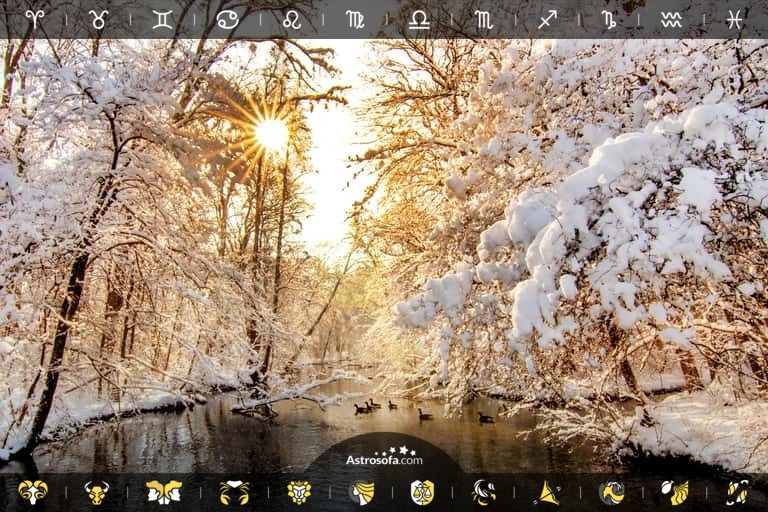
Birthday
Pierre August Renoir (1841-1919), Karl May (1842-1912), Pierre-Auguste Renoir (1841-1919), Martin Kippenberger (1953-1997), Ireen Sheer (*1949)
|
Daily aspects
|
|
Moon → Gemini |
|
Moon Conjunction Neptune |
|
Moon Conjunction Mars |
Daily aspects

The Moon in the Gemini improves our mental faculties, makes us curious and responsive. We are awake and looking for new experiences and impressions. This is a good time for all kinds of communication, contacts, training, and learning.

The conjunction between the Moon and Neptune can make you dreamy, passive, and unbalanced. You are hypersensitive, possibly have a weakened instinctive life and may experience a nervous disorder. You may tell white lies. You are very sensitive and prefer loneliness. It's a good time to write in your journal, or express yourself through poetry or writing lyrics of a song.

This conjunction can make you irritable, violent, boastful, gossipy, but also passionate. Muscular inner tension could be noticeable, marital problems or a seperation can occur, and you may experience susceptibility to illness.
Current timezone: Australia/Melbourne (UTC +10:00). change timezone
Calendar
Please choose a day:




